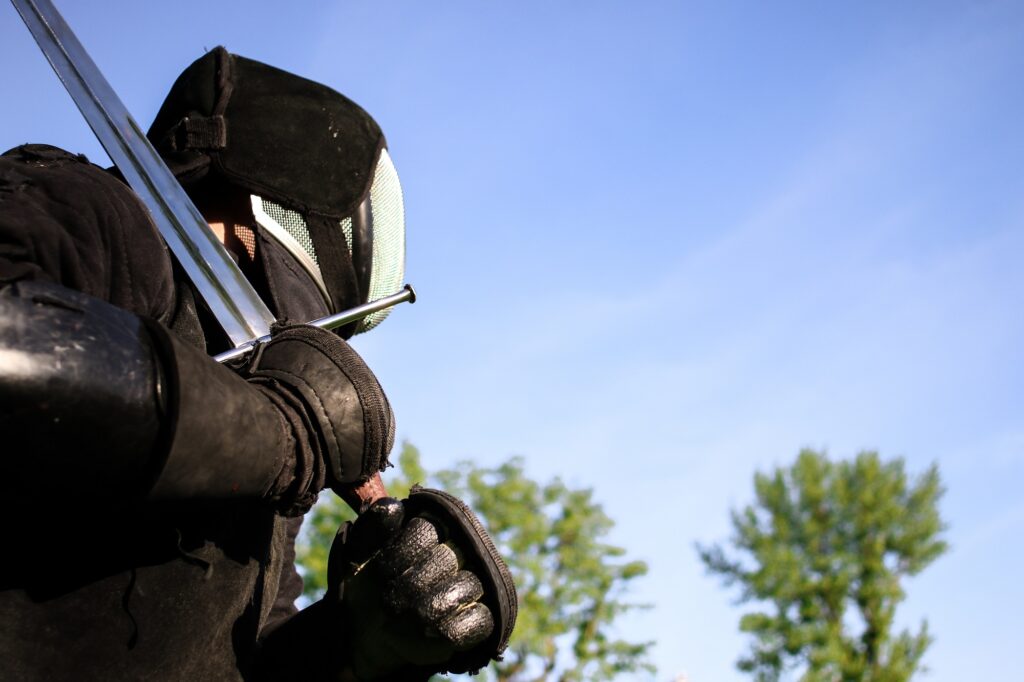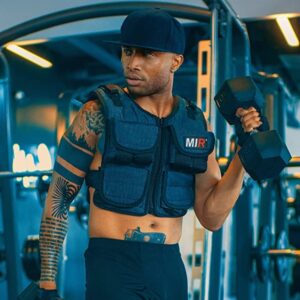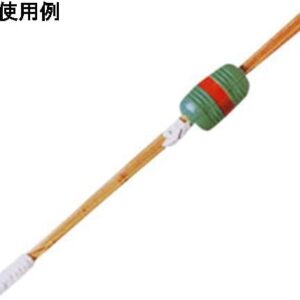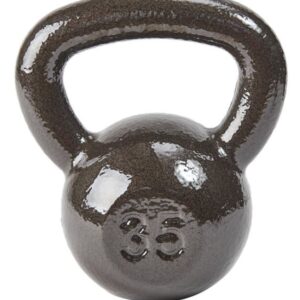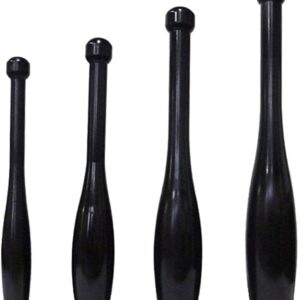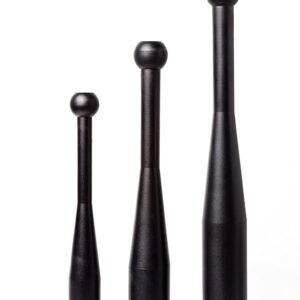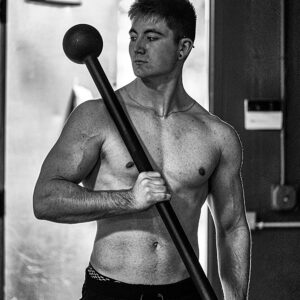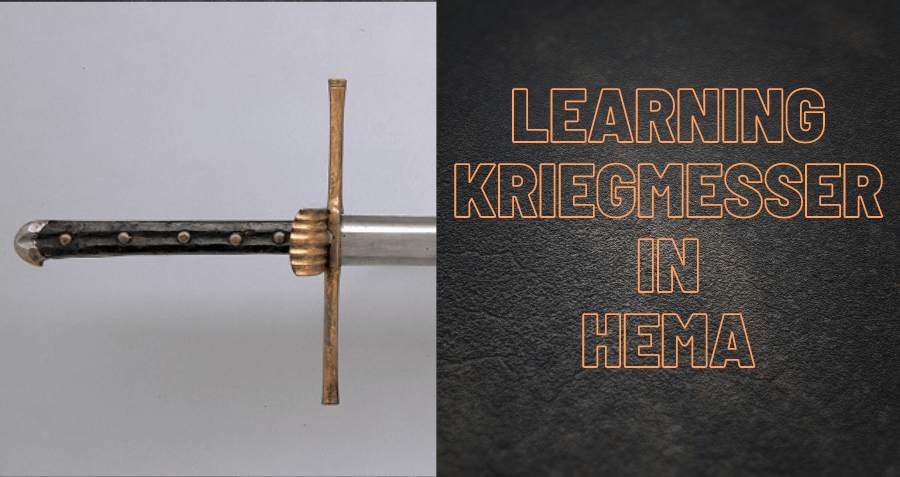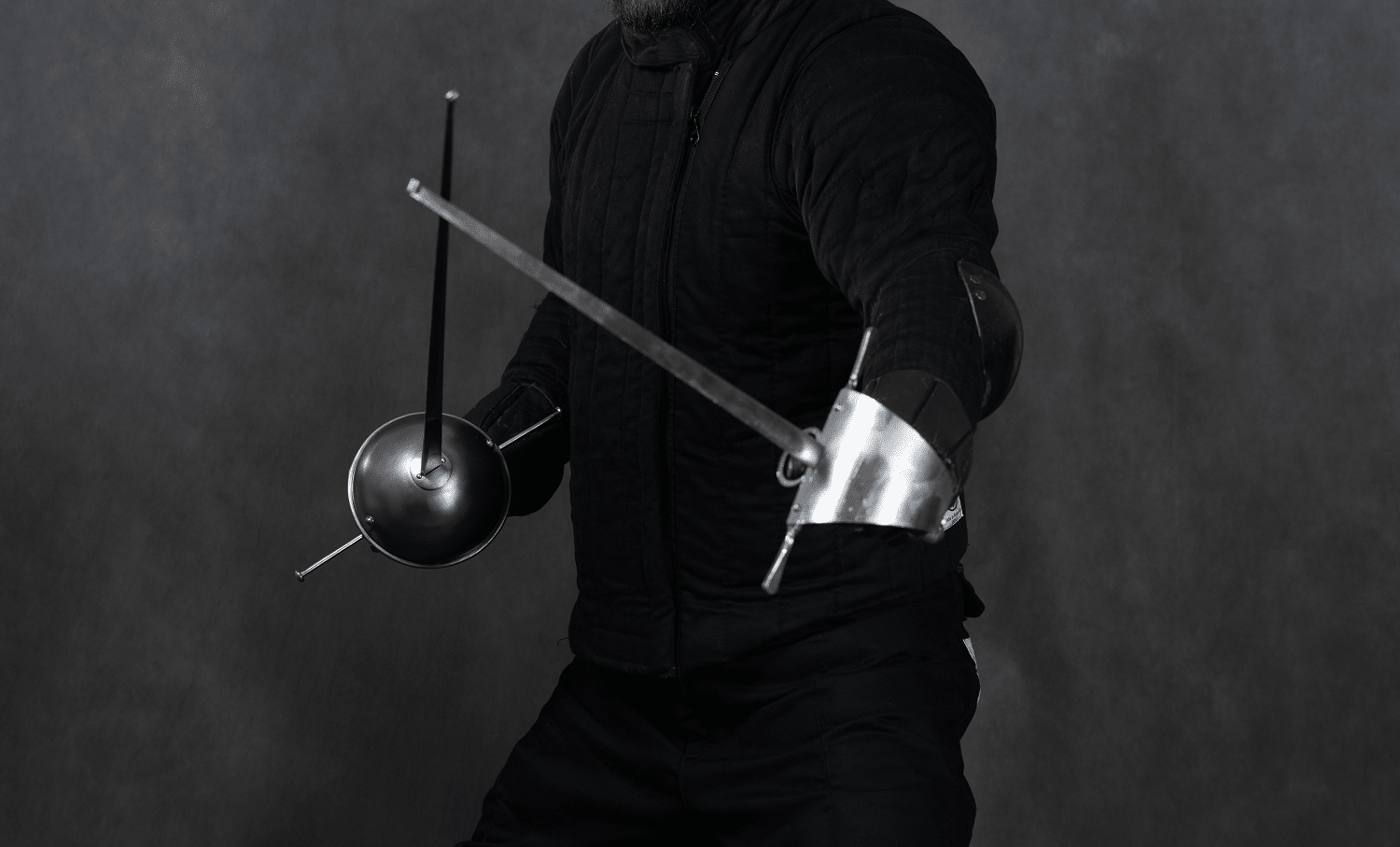If you are looking for advice on HEMA specific advice for strength and endurance training then this article will provide you a general overview of the most popular methods used for body conditioning by sword fighters and other martial artists.
As Historical European Martial Arts / HEMA becomes more popular a competitive sporting scene has emerged. This naturally leads to a wider number of people wanting to take sword fighting more seriously and develop training methods to get an edge in tournaments. One of the most direct ways to gain this competitive advantage is by strengthening your body so that you have advantages of power generation, speed and cardiovascular endurance over your opponents.
In this article we’ll talk about the most common ways that martial arts strengthen their bodies for sword fighting.
Are weighted training aids harmful? No, they are not.
There are unfortunately some misconceptions spread by some within the HEMA community regarding the usage of weighted training aids, such as weighted swords, weighted vests and other kinds of aids. The bad advice stems from these people misunderstanding various studies, such as one study regarding the usage of weighted bats for baseball athletes mentioned in the book Motor Learning and Performance by Richard A. Schmidt and Timothy D. Lee — a study which is constantly cited by people who are against usage of weighted training aids in HEMA. However, none of these studies have anything specific to do with sword fighting and their findings are frequently erroneously applied to HEMA training by some people on forums like the r/WMA reddit community (one example of such a post is here). With the baseball study mentioned in the book Motor Learning and Performance the actual study was about if swinging a heavier bat immediately before using a lighter bat to strike a ball would impact performance — the study found no impact in the performance. The purpose of the study was to examine the phenomenon of people feeling they can swing a lighter weapon faster if they have used a heavier one right before. It was not a study about the long term effects of weighted baseball bat training, as is commonly claimed by people who import its conclusions into HEMA training method discussions.
This study from Motor Learning and Performance is often quoted by people (who very clearly never actually read the original study) in the HEMA community to make the claim that weighted swords won’t improve performance. But it’s important to understand this was not a study on the long term impact of using heavier bats; it was a study about whether using a heavier bat immediately before using a lighter one would change a hitter’s timing. So these studies have no relevance to HEMA and in fact, it is still common to swing heavy bats as a means of improving swinging power in professional baseball. Keep this in mind when you see people talking about this subject in HEMA online communities; many of them are parroting misconceptions about a study from a book they never actually read, instead relying on someone else’s faulty reading of it.
This is something people need to be mindful of; don’t just blindly parrot what other people say in the HEMA community, regardless of how notable the individual may be. They may not have their facts correct.
The reality is that weighted training aids have been used for centuries by humans for strength exercising. In fact many martial arts, including those in boxing, use weighted training aids such as gloves and weighted vests to condition fighters. In fact bag gloves tend to weigh more than gloves used in matches. Many boxers train with resistance bands now to help increase resistance on the muscle groups used for punching, training their bodies to exert more force with punching movements. This increases punching power for the same reasons that using heavier weights to do squats and bench presses increases the power generation of those muscle groups. Furthermore it is common in Japanese sword arts such as Kendo to use weighted shinai for training and the practice of Indian clubs (that is, weighted clubs) originally developed for martial art training, too.
Regarding weighted vests, there is the popular but very mistaken idea that wearing a weighted vest will damage your ligaments, particular in the knees. The problem with this assumption is that weighted vests are usually in the range of 20 to 50 lbs of additional weight that is balanced around the shoulders, so most of the weight is actually supported by a person’s torso muscles — not the knees. Also if you believe simply adding this amount of weight to your body will cause you to tear up your knee ligaments then people who are mildly obese would seriously harm themselves by jogging. This matters because the number one method by which an overweight person loses weight is by jogging, as recommended by all doctors. The misconception about weighted vests causing injuries seems to stem from military training advice making its way into the civilian fitness community, as soldiers are not supposed to run on pavement during training while wearing modern combat boots. This is due to combat boots not having soles designed for running on pavement which can lead to foot and even knee injuries when soldiers are carrying heavy ruck sacks. While wearing athletics shoes, however, soldiers can jog with weighted vests and it is a common training method for infantry in the military to put weighted plates into ruck sacks and then jog on pavement while wearing athletic shoes. This is because athletic shoes have soles designed to better absorb the impact and lessen strain on the ligaments of the knees and ankles. By comparison combat boots are designed to provide stability while walking long distances on dirt, mud and sand — while commonly worn every day by soldiers as part of a military uniform, combat boots are not expressly designed for running on flat smooth surfaces such as asphalt cement. You shouldn’t run on flat surfaces wearing combat boots even if you aren’t wearing a weighted vest. Anyone who has ever jogged in military style combat boots can feel the difference compared to in athletic shoes.
(If you’d like more info on this subject, you can read this 2015 study from the US Army that compared injury reports in athletic shoes vs combat boots).
So the idea that using weighted training devices will harm you seems to be an idea propagated specifically within the HEMA community and is at odds with common practices in the broader mainstream athletic community, as well as within specific sport sword based martial arts such as Kendo and even modern Olympic fencing. Strangely, within HEMA Indian clubs have become popular as a training aid despite Indian clubs have their origin as weighted training aids for stick and sword fighting. This contradiction seems to be lost on those who discourage others to use weighted training aids.
One of the most effective ways to build cardiovascular strength is by jogging with a weighted vest for at least an hour every day. Boxers refer to this as ‘road work’. Some boxers also wear a weighted vest when they do heavy bag work and with the model of vest we recommend in our article, you should be able to wear this vest while performing many techniques in long sword, dussack and saber — if you’re particularly adventurous you may even consider doing rapier lunges.
Weighted Swords for Sword Fighting Training
In Kendo it is common to apply suburiko, or weighted units, to a shinai to increase resistance when performing solo forms / katas. If this is a route you are interested in, it can be more affordable than purchasing a specially made bokken for training such as a suburito.
You can order a suburiko made of resin for attaching to a shinai below.
You can of course also purchase Suburito . These are another common training aid, frequently used in Kendo and Aikido. The suburito is wooden bokken training sword that is heavier than usual and serves the same purpose as suburiko do yet have a more ergonomic design since the weight is part of the blade itself.
Isometric Body Conditioning Exercises for Sword training
Standard isometric exercises such as pushups, pullups, dips, situps, lunges and so on are all acceptable methods for conditioning the body. Lunges in particular are useful for conditioning the body for footwork used in fencing. These are often used as warm up exercises but performed for half an hour are a workout in their own right.
Additional resistance can be added to any of these exercises by wearing a weighted vest, or alternatively by holding weights in the hands such as kettlebells.
Indian Clubs
Indian Clubs are a popular training aid among swordsman, as these training devices were originally used by Indian sword fighters as training aids. They became popular during the Victorian period in England after the occupation of India, and many British fitness enthusiasts adopted many Indian training methods such as Indian clubs and yoga.
These are a very modern design, often called a “kettlebell club”. But they are Indian Clubs.
You can also purchase larger sized Indian club like training devices, which are more similar to a sledgehammer actually, but are designed to be used to strike boxing heavy bags instead of tires. They can also just be swung around to develop your rotational muscles while doing double handed overhead swings. If you purchase a mace, we recommend starting with a 10 to 15 lb mace before going to a 20 lb one.
Weightlifting Exercises
Performing weightlifting exercises with barbells, dumbbells and other kinds of machine assisted weight lifting can be very beneficial for training your body for sword fighting. While the movements themselves may not directly replicate movements performed in sword fighting, these exercises isolate muscle groups and help you strengthen them, resulting in your body growing additional muscle cells. This tends to result in larger muscles, and with larger muscles comes more endurance and strength. While simply being physically strong at something like a squat or a bench press will not increase the strength of your sword cuts, it does give your muscles more capacity for power generation so performing weight lifting in conjunction with sword fighting training will lead to improvement in power generation when cutting and thrusting.
For more specific advice on weight lifting you should read our article, ‘Weight Lifting for Developing Power in HEMA for Real Sword Fighting‘.
Drilling Against a Pell
In our previous article about pells and fencing training dummies, we talked about how some people use heavy bags, homemade pells made from wooden poles, tires and so on. Repeatedly striking a target such as a pell or even perhaps a heavy boxing bag wrapped with carpet can improve strength, stamina and speed of sword strikes and cuts. These movements are very different to be able to consistently do against a human target, as a person will eventually get injured if you repeatedly strike them hard in the head and torso. So it is best to do this kind of endurance speed training drilling against a stationary target like a pell.
*****
We hope this guide helps you start your journey into learning historical sword fighting.
If you’d like to learn more information about historical fencing practices please check out our Learn HEMA page for a guide to learning about the historical weapon that interests you. You can also find more guides we’ve written about other topics at our Helpful Guides page. You can also join the conversation at our forums or our Facebook Group community.
Related posts:
- What are the Best HEMA (Historical European Martial Arts) Equipment Stores in Europe?
- List of Makers of Custom Swords, Armour and Other Historical European Martial Arts Equipment
- Choosing Tournament Gear for Historical European Martial Arts (HEMA) Fencing
- Best Federschwert Practice Long Swords to Buy for HEMA
